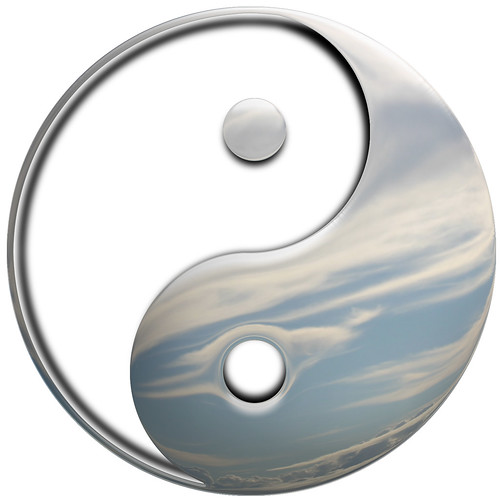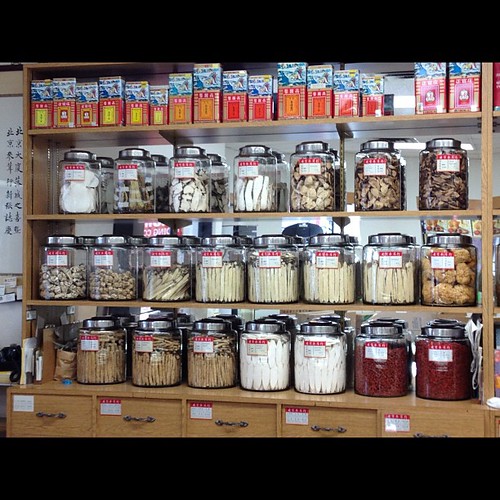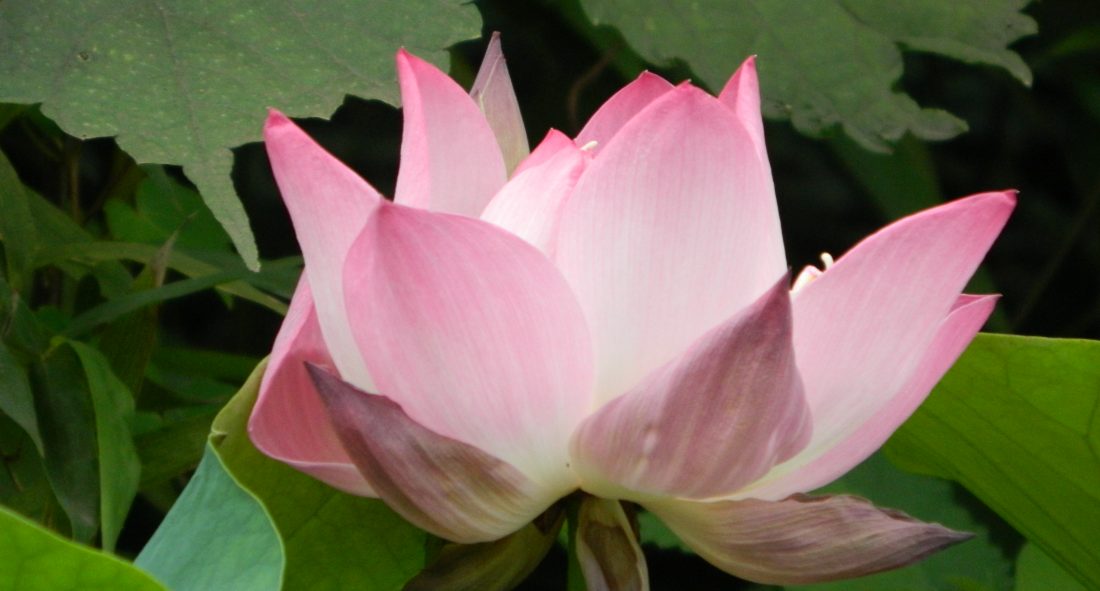Just like Furman University’s First Year Seminar classes, Evan Osnos has been working on his list of myths about China. See his New Yorker article for details. Do you agree with his assessments?
Tag: Stereotypes
China’s “Real” Medical System
By Alecia Nichols
What’s the first thing that pops into your head when you hear the words “Chinese medicine”?
Let me guess: an image of an old man sticking needles into a patient’s back, in a run-down, family-owned and operated business. Or maybe an understaffed, frenzied Beijing hospital without the resources to provide healthcare for the masses flooding in.
But the way the PRC operates, not just with regards to healthcare but also in its approach to other aspects of Chinese life, is much more intricate and sophisticated than the China stereotypes suggest.

There are two main influences on today’s system: traditional Chinese medicine (TCM) theory, as well as the same modern healthcare we are so fortunate to have access to in the States. TCM is different from scientific medicine in that it’s based on Asian concepts, such as the yin yang symbol we’re all familiar with, which are tied to the way that Chinese view healthcare and the human body.

Yin and yang are natural opposites, according to TCM, that help balance different aspects of one’s body energy, or qi (pronounced “chee”). And keeping track of qi is the crux of TCM. In fact, the focus of acupuncture is to shuffle the flow of qi along channels in the body (these channels look similar to the central nervous system, but are unrelated) in order to improve the patient’s overall health. But although acupuncture is the most recognized form of TCM in the West, it’s only one of many important practices.
If you’re a patient in the present-day PRC looking for a tried-and-true traditional medicine, you’ll have to start by boiling a pot of water. As accustomed as Americans are to drinking iced water, the Chinese like it hot, and there’s a cultural reason why: traditional medicine is usually administered as a package of herbs that the patient takes home, boils, and drinks. From what I’ve heard, they taste disgusting, but are still preferable to the more “unique” ingredients, like bear bile.

And while, in theory, the herb treatments are as effective as our pill-popping, the Chinese take holistic medicine to another level. TCM encourages healthy eating according to yin and yang, exercising to help qi flow (ever seen people gathering to do tai-chi early in the morning outside city parks?), and managing one’s lifestyle and body health by the balance of the five elements (metal, water, earth, wood, and fire).
But modern healthcare is slowly marginalizing TCM theory, because of its scientific basis. Patients will often use both methods, ignoring the drastic theoretical differences. There was never a systematic approach for treating TCM patients, anyways. You want chemotherapy? If you’ve got the cash, then you’ve got the treatment. Herbs more your style? No questions asked.
It’s almost impossible to define what Chinese medicine today really is, because there are both rural and outer-city clinics with bare-bones setups and metropolitan meccas of scientific research. It’s a disorganized system of patient-led medical practice that seems to just “go with the flow”.
Two medicines must be better than one, right?
Because that seems to be the idea the Chinese have adopted.

China’s “Real” Medical System by Alecia Nichols is licensed under a Creative Commons Attribution-NonCommercial-ShareAlike 3.0 Unported License.
